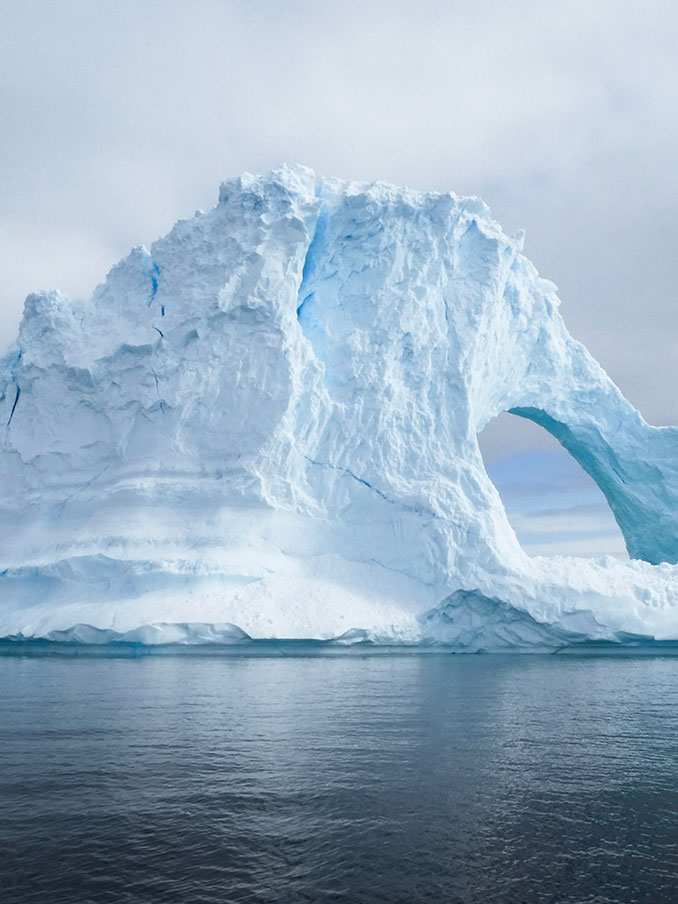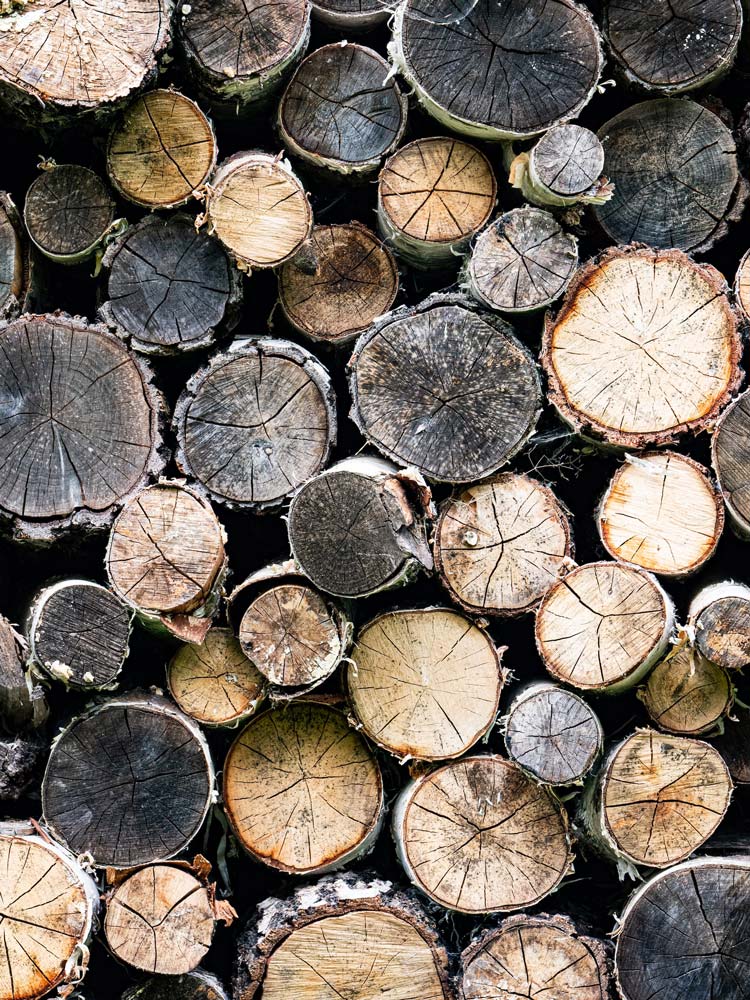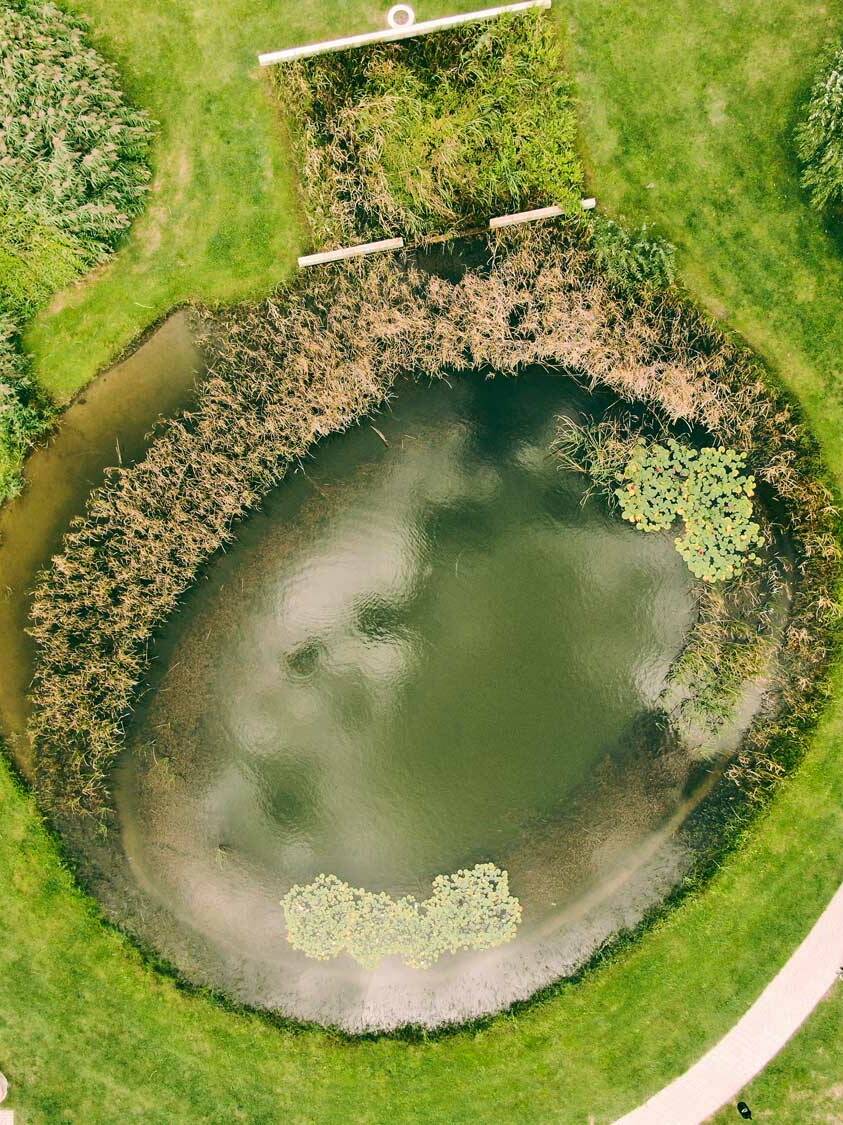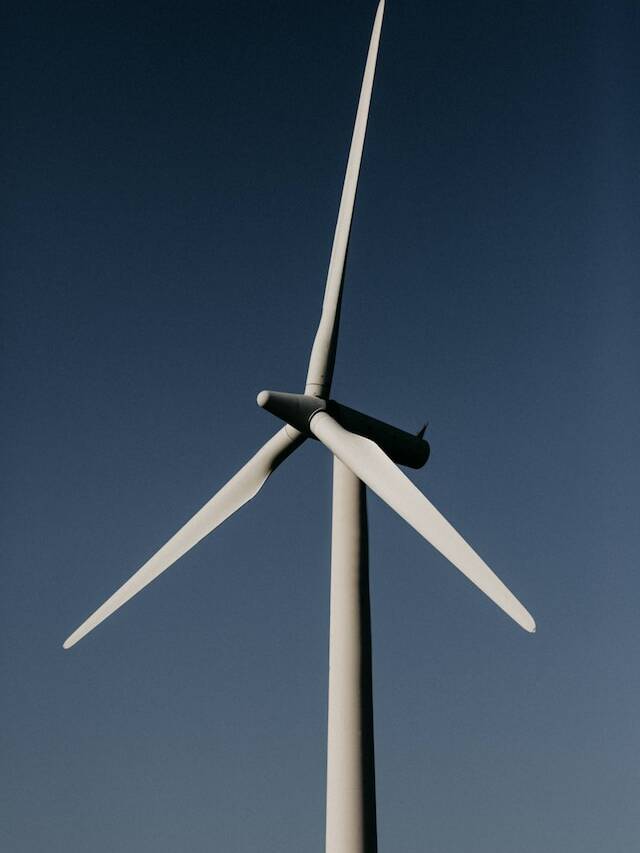Climate awereness quick guide
“Think globally, act locally” is perhaps the phrase that applies most to the struggle against climate change. To know how we can do the most locally, we need to know the big picture. That’s why we’ve compiled a quick guide to help you navigate through information on emissions, climate policy and specific technologies, from the global to the national level.




Water retention close to nature
In addition to rising temperatures, climate change has its greatest impact on the hydrological system and water management. Extreme rainfall, floods and flash floods are becoming more frequent, as are long droughts. Nature-based water retention can adapt to these challenges. By restoring natural wetlands and using nature-based water retention to mitigate the negative impacts of climate change on a small scale and at a local scale, rather than expensive grey infrastructure investments that can take years to complete. With our partners, we have implemented several pilot projects across the country to demonstrate best practices in water retention.
Climate strategies of settlements
Climate change and the energy crisis require careful, long-term planning. That's why we want to help as many municipalities as possible to develop and implement action plans (SECAPs) to adapt to the extremes of climate change. A good action plan (SECAP) gives a detailed overview of the energy situation and greenhouse gas emissions of a municipality and sets out objective measures for emission reduction, energy efficiency and renewable energy transition. In addition to addressing local energy poverty, the plans also take into account risks to the municipalities concerned, such as floods or heat waves.
Biomass sustainability
Solid biomass is the most widely used renewable energy source in Hungary. Although it is a local resource that helps to become independent from fossil fuels, its excessive use reduces the carbon stock and species richness of our forests and is a major source of rural air pollution. Is there such a thing as good or bad biomass, or are there good and bad ways of using biomass? Although the picture is not so black and white, there are indeed very damaging and very effective solutions. Examples of the former are burning whole forests at very low efficiency and the latter is using wood by-products at high efficiency. In our projects, we are working to reduce the bad solutions and to come up with better alternatives.